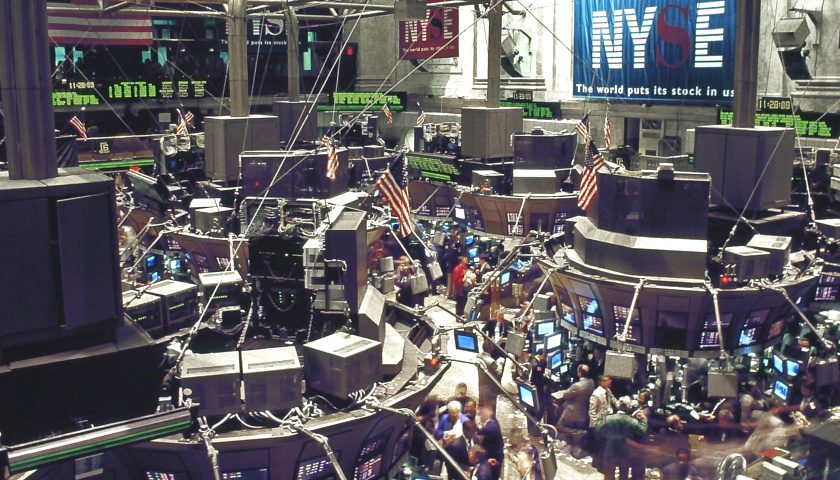by Thomas Catenacci
A consumer price measurement used by the Federal Reserve to track inflation spiked again in June and hit its highest level since 1991, government data showed.
The personal consumption expenditures (PCE) price index increased 4% over the 12 months between July 2020 and June, according to a Bureau of Economic Analysis report released Friday. Excluding volatile energy and food prices, the index spiked 3.5% in that same 12-month period.
 The index increased 0.5% in June, in line with economists’ forecasts, CNBC reported.
The index increased 0.5% in June, in line with economists’ forecasts, CNBC reported.
“Inflation has increased notably and will likely remain elevated in coming months before moderating,” Federal Reserve Board Chair Jerome Powell said during a press conference this week. “As the economy continues to reopen and spending rebounds, we are seeing upward pressure on prices, particularly because supply bottlenecks in some sectors have limited how quickly production can respond in the near term.”
US Core PCE inflation rises to 3.5%, its highest level since 1991.
“We will not raise interest rates pre-emptively because we fear the possible onset of inflation. We will wait for evidence of actual inflation or other imbalances." – Fed Chair J. Powell
Charting via @ycharts pic.twitter.com/nAxzrBw7U5
— Charlie Bilello (@charliebilello) July 30, 2021
Powell also noted that inflation could be “higher and more persistent” than the central bank previously predicted.
The Fed has repeatedly blamed supply chain shortages for increasing prices across multiple U.S. economic sectors. For example, tens of thousands of new Ford cars remain unfinished due to the ongoing semiconductor chip shortage, the company’s Chief Financial Officer John Lawler said during an earnings call Wednesday.
In addition, another key inflation measure surged 5.4% year-over-year in June, according to recent Labor Department data. The uptick was that index’s largest increase since summer 2008.
PCE increased at an annual rate of 1.6%, 2.5%, 3.6%, and 4% in February, March, April and May respectively, Friday’s report showed.
The Fed’s inflation rate goal has long been set at 2%. When there is a consistent annual inflation rate increase, individuals and businesses are able to make sound financial decisions to account for higher prices, according to the central bank.
– – –
Thomas Catenacci is a reporter at Daily Caller News Foundation.






The phrase “higher and more persistent” inflation is a very suppressed manner of expressing the reality that inflation is increasing much rapidly than the Fed predicted and that it is also not the transitory phenomena that the Fed had previously told us.
The only reason that inflation has historically been around 2% is that the Bureau of Labor Statistics, which computes not only the Consumer Price Index but also the methodology by which it is computed, has changed the method of calculating many times since the early 1980’s, when we last had extreme inflation.
In other words, the Bureau of Labor Statistics has moved the goalposts for the computation of the Consumer Price Index, and, hence, the inflation rate, on an as-needed basis to keep the Fed’s target rate of 2%.
It’s going to be a lot harder now that high inflation has returned.
The Bureau of Labor Statistics has the same track record for honesty and accuracy as the CDC – except with no Fauci.